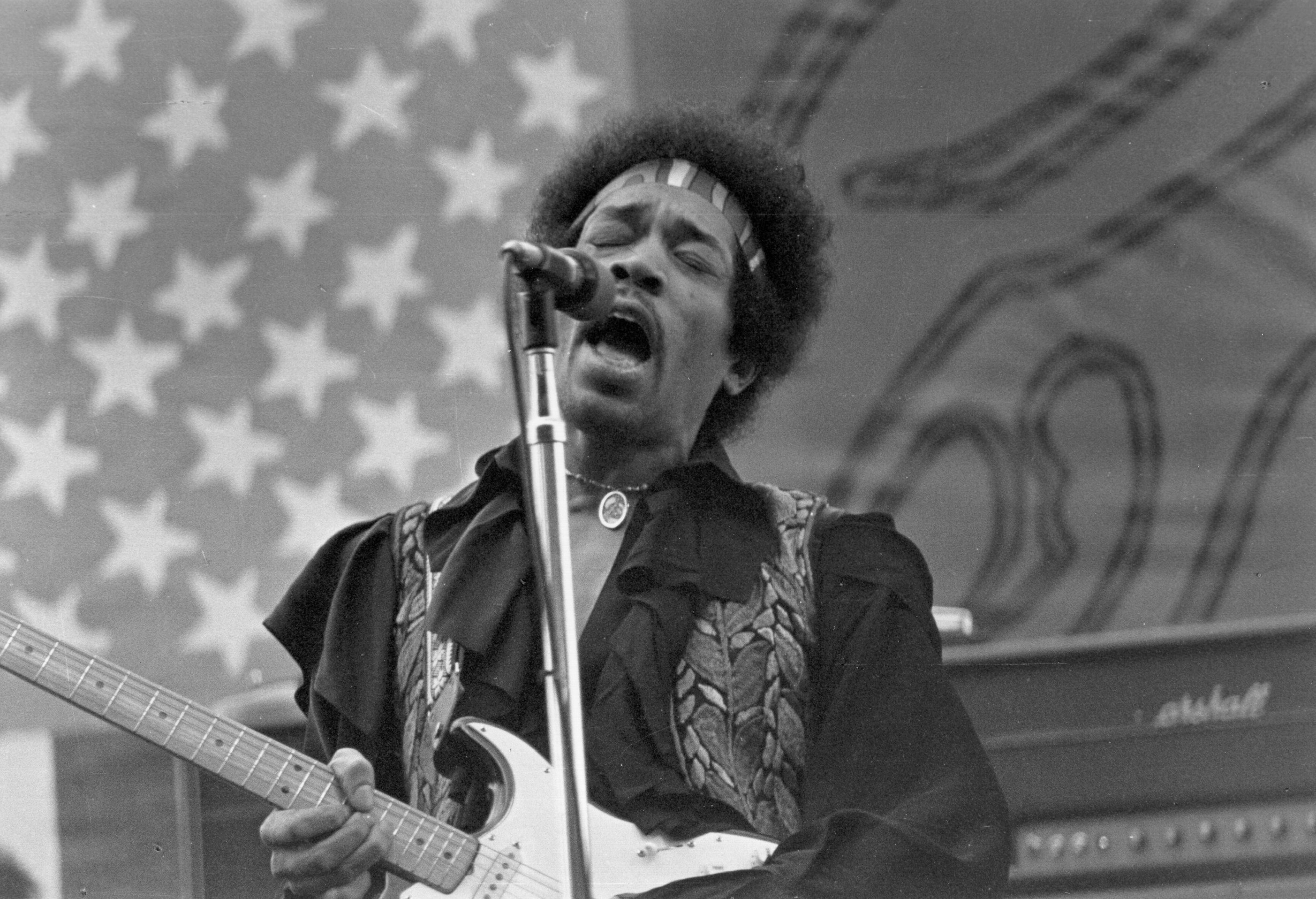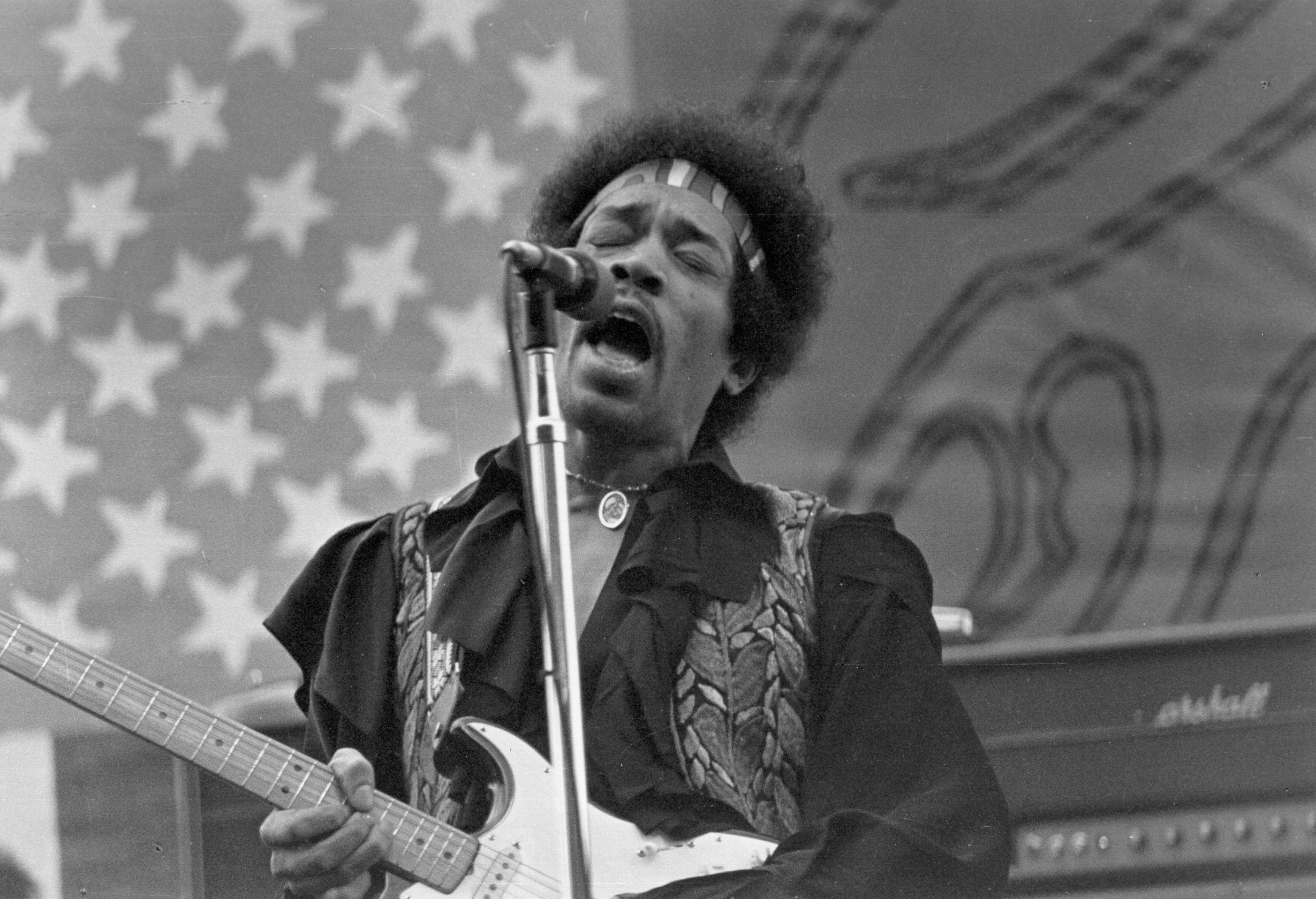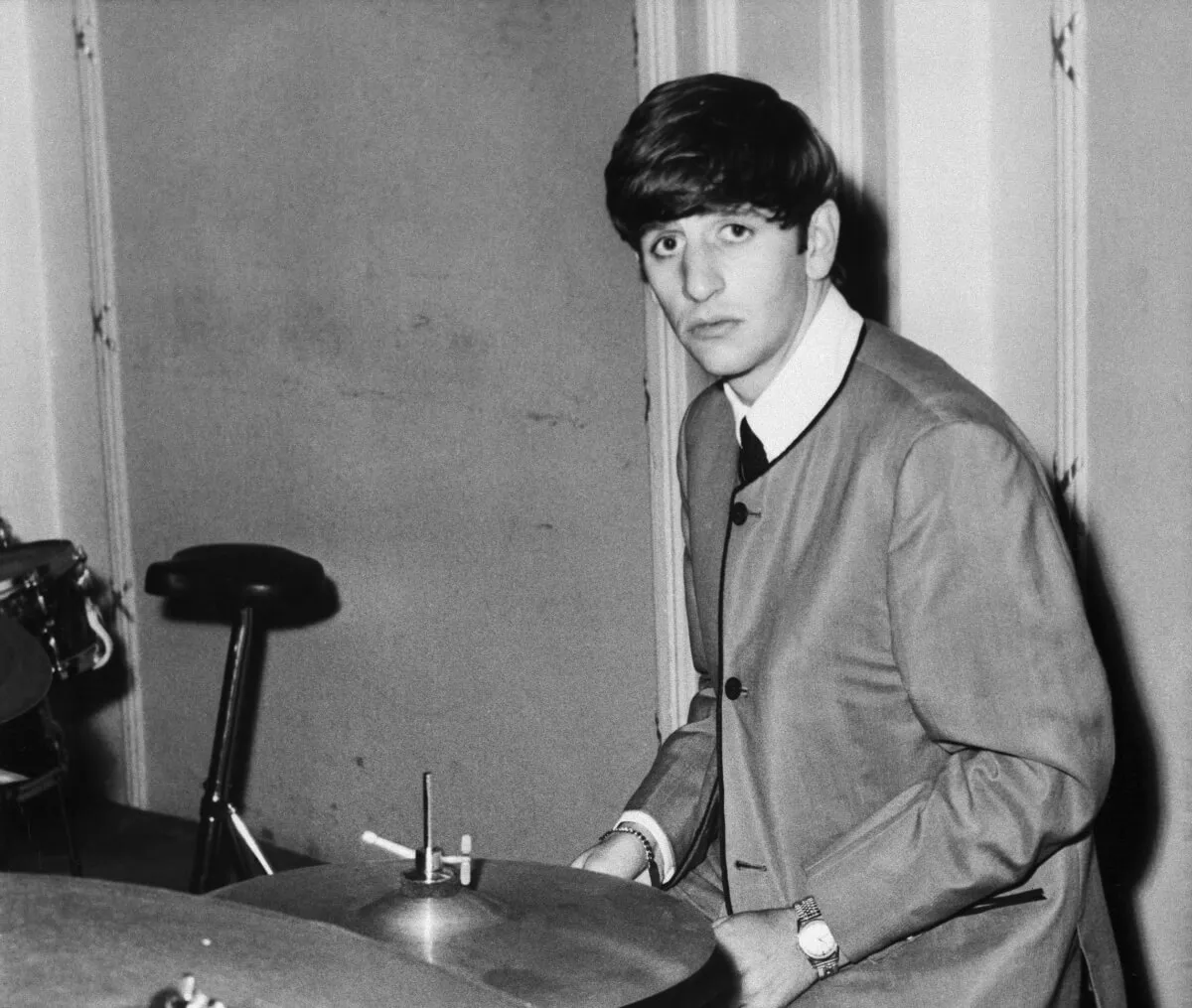
A Look Back at Jimi Hendrix’s Time Training to Be a Parachutist in the U.S. Army
Long before he was a legendary rock musician, Jimi Hendrix was a young man with seemingly no path forward other than to join the U.S. Army. Hendrix joined the esteemed 101st Airborne Division and trained to be a parachutist during his time in the service.

Jimi Hendrix enlisted in the US Army after being given the choice to go to juvenile hall
Author Philip Norman dove into Hendrix’s life in his 2020 book Wild Thing: The Short, Spellbinding Life of Jimi Hendrix. When he was a teenager, Hendrix got himself into some legal trouble that presented him with a choice: serve two years in juvenile hall or join the army.
“Throughout a near-feral childhood he had managed to avoid gangs along with every other snare of impoverished inner-city youth,” Norman wrote of Hendrix’s upbringing. “The first time he ever fell foul of Seattle’s police department was in May 1961, when he was picked up for what has passed into legend as joyriding in stolen cars. However, the written confession he made at the police station was to petty larceny: ‘A friend and I were playing around in an ally [sic] and we noticed a broken window in the back of a clothing store — we then got a clothes hanger which was lying on the ground and unbent it so we could stick it through the window and “hook” some of the clothes, which we did. The clothes that did not fit us we gave to a Christmas fund at school.'”
“After what he described as ‘seven days in the cooler,’ but was more likely a few hours on remand in juvenile hall, a judge gave him the choice of two years detention or joining the army,” Norman continued. “He unhesitatingly picked the latter, which at the time hardly seemed like punishment at all. He had long felt attracted to a life in one or other armed service, not from any bellicose spirit but because it seemed to offer all the security and stability his childhood had lacked.”
Jimi Hendrix’s time in army basic training
Norman went on to describe Hendrix’s journey to joining the army, which included a false start just a few months before he enlisted.
“A couple of months earlier, he and a friend had tried to volunteer for the US Air Force but had been turned away for not looking tough enough,” Norman wrote. “He knew the 101st Airborne Division as the crack outfit that dropped behind German lines during the 1944 Normandy landings, and when he was younger had done many admiring sketches of its famous ‘screaming eagle’ badge. Despite its elite status, the 101st‘s Seattle recruiting office had no problem with the long, languid youth who looked as if he wouldn’t hurt a fly.”
Hendrix set out for basic training in California on May 31, 1961, leaving his guitar Betty-Jean with his girlfriend, whom he named the guitar after. The future rockstar struggled with being at training at first, and sought to follow in his father’s footsteps in the service.
“He had never been away on his own before and was engulfed by homesickness even for the indifferent homes Al provided, the more so as [his brother] Leon was back with their father again,” Norman said. “In these early days, he wrote repeatedly to Al, requesting money to pay for all the supplementary equipment he needed to buy but also sharing the most trivial events in his new life — such as losing a bus ticket and always signing off ‘Love James’. Yet he was determined to get through these hellish weeks of ritual humiliation by bawling drill sergeants, and thus show himself every bit as much a soldier as Al used to be.”
“‘I’ll try my very best to make this AIRBORNE,’ he wrote, ‘for the sake of our name.'”
Jimi Hendrix’s parachutist training
Despite the fear Hendrix felt, he dove head-first — no pun intended — into parachutist training. “The first terrifying step in parachute training was to climb to the top of a 34-foot tower, jump off and be carried to earth dangling from a harness. The three men ahead of him all chickened out, but Jimmy didn’t hesitate. He was to make twenty-five jumps from an aircraft, eventually becoming almost used to it,” Norman wrote.
“‘Physically, it was a falling over backwards,’ Hendrix said of the experience in the Voodoo Child documentary. ‘And it’s almost like blanking and it’s almost like crying and you want to laugh. It’s so personal because once you get there it’s so quiet. All you hear is the breeze ‘sssshhhhhhh’ like that … And so you look up and there’s that big, beautiful white mushroom above you.'”
Hendrix was sent to serve in the south after basic training, with no prospect to serve overseas as his father had done. He was eventually honorably discharged a year later in June 1962 after injuring his ankle on his twenty-sixth parachute jump.


